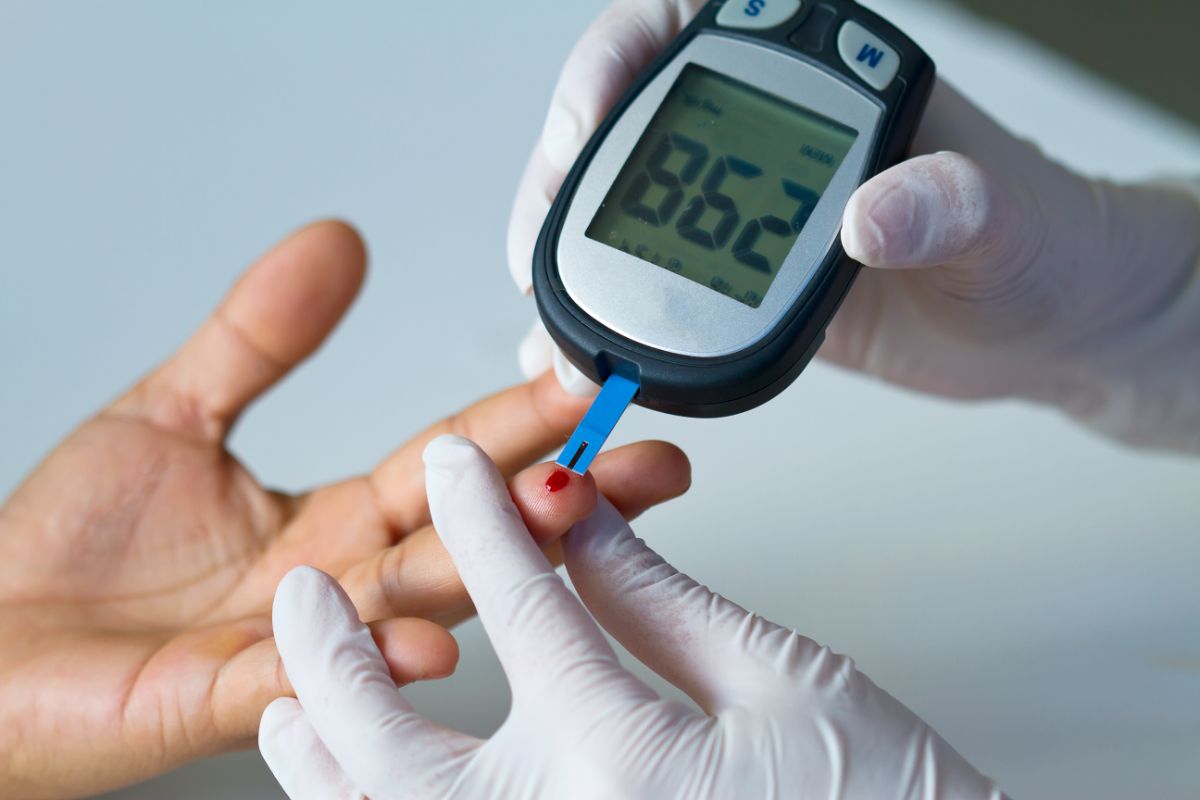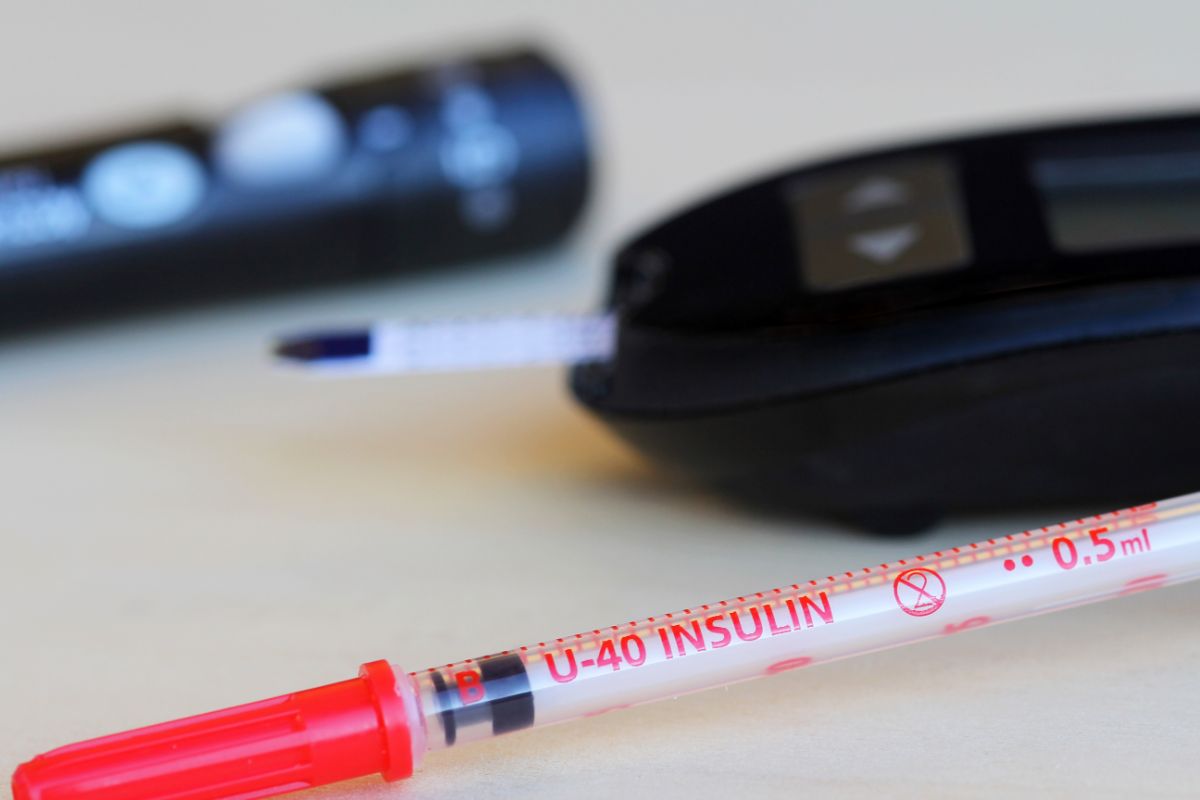The number of people with diabetes has risen from 108 mil in 1980 to 422 mil in 2014. The global prevalence of diabetes among adults over 18 years of age has risen from 4.7% in 1980 to 8.5% in 2014. Diabetes prevalence has been rising more rapidly in middle- and low-income countries. Diabetes is a major cause of blindness, kidney failure, heart attacks, stroke and lower limb amputation. In 2016, an estimated 1.6 mil deaths were directly caused by diabetes. Another 2.2 mil deaths were attributable to high blood glucose in 2012. Almost half of all deaths attributable to high blood glucose occurs before the age of 70 years. The WHO estimates that diabetes was the seventh leading cause of death in 2016. This article discusses how diabetes can be treated in the future, the whole new possibilities that are under research and might be implemented in the near future.

What is Diabetes Mellitus? Increased blood glucose level caused due to the lack of insulin produced by the beta cells of the pancreas. Simply saying, the function of insulin is to transfer glucose from the blood to the inside of our body cells. It has two types. Type I Diabetes Mellitus (Insulin Dependent) is characterized by the inability of the pancreatic beta cells to produce any insulin (80% of these cases are due to the destruction of pancreatic beta cells by auto antibodies). These patients are completely dependent on insulin injections that have to be administered several times a day. Type II Diabetes Mellitus patients are a bit lucky in this case. Their pancreas are able to produce some insulin. Hence their pancreas can be stimulated to release insulin with the help of several medicines daily. But eventually as the age progress they lose all their abilities to produce insulin and become insulin dependent. In most of the cases, onset 40 years of age.
But the question is – can’t we provide these patients with some better treatment plan? Can’t we cure this deadly disease completely? The article introduces step-by-step possibilities which might change the whole approach towards the treatment of Diabetes Mellitus in future!
Those patients who are completely dependent on insulin shots daily several times, might receive some comfort by the 1st technique. It is ‘Artificial Pancreas’! As the pancreas works by estimating the blood glucose and then secreting insulin into the blood, it has similar functions. More specifically it is called ‘Continuous Glucose Monitor’ or CGM in short. CGM monitors the blood glucose 24 hours a day and the patient can have the readings on his digital watch or smartphone or may be in a device which can be kept in his wallet. It is less invasive because it is placed just under the skin and it measures the glucose level in the interstitium, and one need not prick himself several times a day. An alarm will ring automatically whenever the blood glucose goes up thereby making the patient alert. It has two more components. 1. Insulin Pump which delivers required amount of insulin into the body on its own when the blood glucose level decreases. The patients need not worry about anything. Blood glucose level will be monitored all the time and insulin will be delivered when required. 2. Control Algorithm is controlled by the patient himself. During meal, he can direct the device to infuse insulin in order to avoid increased blood glucose level after meal. This whole device is a result of 40 years of long research and has been implemented successfully. This is also approved by the FDA for clinical use. The only known disadvantage is that it has skin rashes and allergies due to the tape. In the near future, this particular technology might solve a bunch of problems of diabetes patients who are completely insulin dependent.

But this was not a permanent solution! Patient is still dependent on insulin. How can he be cured completely? The cure is possible only if we can regenerate the beta cells of the pancreas and provide them with enough protection so that they are not destroyed by the auto-antibodies again. This seems to be possible again. Gene Therapy is the key. Firstly, it is important to mention that even though this was a success in other animals, it is yet to be tested on humans. But the test results on rats are satisfying enough to give us hope. The scientists introduced insulin producing and controlling genes through a plasmid into the alpha cells of pancreas! It might sound weird, but it actually worked. Upon inclusion of insulin producing genes some of other pancreatic cells started producing insulin in rats! Advantage of this therapy can be a step towards complete cure. Most satisfying thing is as these cells are still antigenically different from beta cells, they will not be destroyed by autoantibodies and still be able to produce insulin. Major disadvantage of this technique is that still they are not tested on humans and we do not have any evidence of how the human body would react to these. Another limitation would be – doctors need to target specifically pancreatic cells. Otherwise it might go elsewhere and eventually result in insulin production from heart or kidney or even brain! That can be deadly.

But the previously discussed technique was about turning other types of cells into insulin producing cells. What about the regeneration of beta cells itself? Well, it is the most recent advancement in research. Though very little has been found till date but still those are enough to make researchers interested. While studying a benign pancreatic cell tumor (insulinomas) scientists came to know that a DYR1K inhibitor called harmon is able to promote beta cell growth at a rate of 2% in in vitro. A combination of two distinct classes of molecules has been shown to induce proliferation in adult human beta cells at a rate of 5% to 8% in in vitro and 2% in vivo transplant models, a rate far exceeding pancreatic beta-cell replication rates from other experimental drugs (0.2%). Sometimes the rates even attain 15-18% .The two drugs – a DYRK1A inhibitor (harmin) combined with a transforming growth factor (TGF)-beta superfamily inhibitor – worked synergistically to induce “previously unattainable” rates of human beta-cell proliferation in human islet donors, human stem cell- derived beta cells and stem cells from people with type 2 diabetes. The main advantage of this technique can be – the actual beta cells can be regenerated and that can be the best cure because some pool of beta cells is always left at least in type II diabetes. But there are a lot of hurdles that need to be overcome. First obstacle is that those inhibitors must be guided to the right location through chemical tags. As harman is hallucinogenic, it might cause many neurological problems if not guided properly. Secondly the newly generated cells most probably will attract auto antibodies and might be destroyed again in case of type I diabetes. There are a lot of questions that have to be answered. If this research gains success, certainly it will be a game changer in Diabetes Mellitus treatment.
Medical science is marching forward day-by-day. Hence, we must be optimistic. We must believe in the abilities of the researchers. The day is not far when diabetes, the deadly killer, will be curable.
Mahan Shome is a young medico studying medicine abroad. In his leisure time, Mahan likes to read innovative scientific health articles. His dream is to be part of healthcare research that brings about advancement in medicine. He hails from Howrah, West Bengal.
